Hi there!
Like I wrote in my last article about Building up your best wild trip to Uganda, main part of the job and efforts goes into an accurate selection of all the things you will carry with you in your backpack to avoid being overloaded or forgetting something important..
I always try to be schematic and systematic following a natural order… the time spent in the army has still its role.
- the backpack itself
- an eventual additional bag
- clothes: underwear, t-shirts, pants, shoes…
- technical clothes and accessories: waterproof, shoes, jackets…
- technology accessories: chargers, battery pack, cables..
- photography
- survival and safety
1st: the backpack
There are plenty of different backpacks on the market: bigger, smaller, soft, rigid, hi-tech, with load lifters.. and many opinions and points of view about the right volume for differents range of trip duration, body shape, kind of travel.. Thing is, aside common guide lines to follow about not buying a 15lt backpack for a 2 weeks trip, the decision is extremely personal and varies depending on the trip.

A funny overloaded backpacker..
What my requisites are? a backpack that is not too big, waterproof, with a semi-rigid back, molle system, top and front loading..
How my travel will be? no self-camping, so no tent..sleeping bag.. No big cold, so no heavy clothes.. No need to take it as a hand-luggage in the plane.. I will have an additional bag used as hand luggage…
With all these informations, I decided to go for a 50+5lt backpack that I found on amazon at good price and with amazing reviews: a Mardingtop 50.
- Water-resistant 600D polyester
- Molle webbing to hang on small items
- Large front zipped access that can quickly access to the main compartment as a luggage
- 1.77kg and 29 x 23 x 72cm
- A zipped pocket on the bottom for the rain cover (included) and to be used as a “hided” pocket
- Hydration system compatible
- You can shrink it with the lateral straps
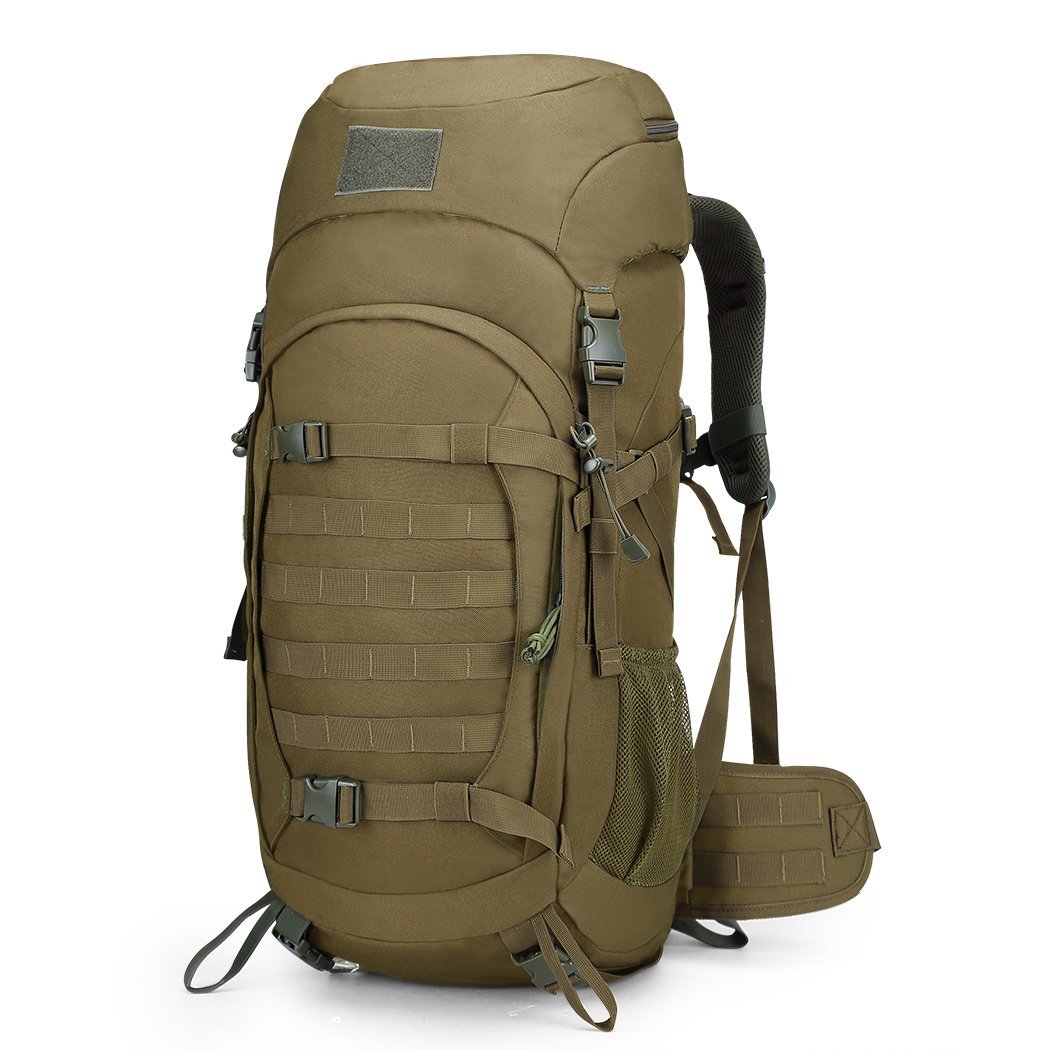
Mardington 50+5lt
2nd: additional backpack
Not using the main one as hand-luggage on the plane, I need an additional small backpack where to mainly put fragile stuffs such as my laptop, camera and lenses..
I will use a 20-25 liters tactical backpack that will even be the main one once there to hike and move around..and an additional one foldable to pocket size as “emergency”.
Last but not least, I always wear a waist pack that let me have rapid access to whatever I need quickly.
3rd: clothes
Travelling to hot countries has a couple advantage more than other places: you don’t need heavy clothes and it’s easy to wash them and dry them up rapidly (but mind..uganda can be relatively cold in the morning and night.. normal temperatures varies in between 10/12 to 25/30 C. degrees, standard temperature is about 26/26 C.)
Normally for a trip of up to 10-12 days I use the 50% rule: I mentally convert 10 real days to 5.
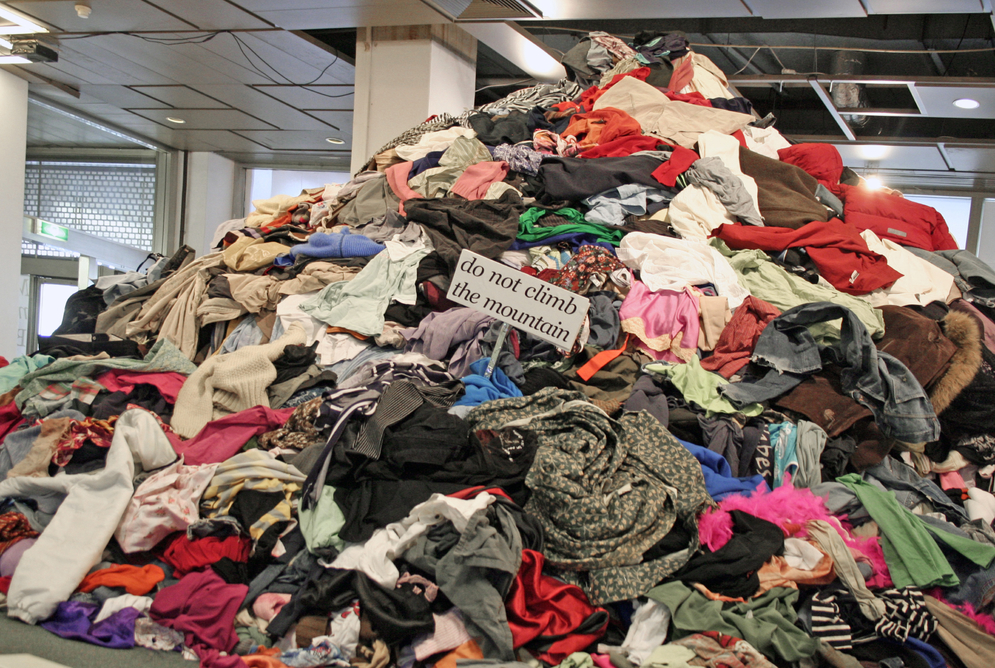
Deciding which clothes to take is always stressing..
So:
- 5 underpants, 5 pair of socks and 2 sleeping t-shirts
- 5 t-shirts (a couple with long sleeve due the fact Uganda is located at higher elevation and I’ll be starting the day at the sunrise)
- 1 technical light stretch pile
- 3 pairs of pants: 1 long, 1 zip-off and 1 shorty
- 1 swimming pants
- 1 microfiber towel
- 1 pair of light sport shoes
- 1 pair of light flip flap
The fun now begins in finding the best way to pack everything as small as possible.. A good way to do it is to use “the ranger roll” like in this video:
4th: technical clothes and accessories
In this category I place those “masterpieces” you need to save your ass from feeling hot/cold, to get big blisters, to get wet.. Let’s have a look to what I’ll take:
- 1 pair of waterproof Merrel Moab 2 mid Goretex. I spent a couple of weeks deciding which trekking shoes to buy to substitute my old ones. I even have the amazing Salomon Quest 4d gtx but for me are more dedicated to rocky hikes with heavier backpacks and are too much rigids. Mandatory: mid to high collar and waterproof. Rain forest is always wet and you gonna walk for hours in this not easy environment: the last thing you want is to have your shoes wet or insects and thorns in it.
- 1 pair of mid to high light waterproof gaiters to walk in the deep forest or in the swamp
- 2 pair of waterproof socks like the SealSkinz Walking thin ankle: you can totally soak them in the water without worry about your feet
- 1 light technical windproof/softshell jacket
- 1 waterproof poncho/jacket
- 3/4 light shopping bag where to put wet clothes or smelling clothes without “infecting” the rest
- 2 hat: a waterproof boonie hat and a normal cap
- 1 sunscreen protection
- 1 pair of sunglasses: getting a good one (not black) gives you the possibility to wear it in any condition
- 2 pair of earplugs: if you are sensible in sleeping, sleeping in a tent in the wild can be stressy (I love it..)
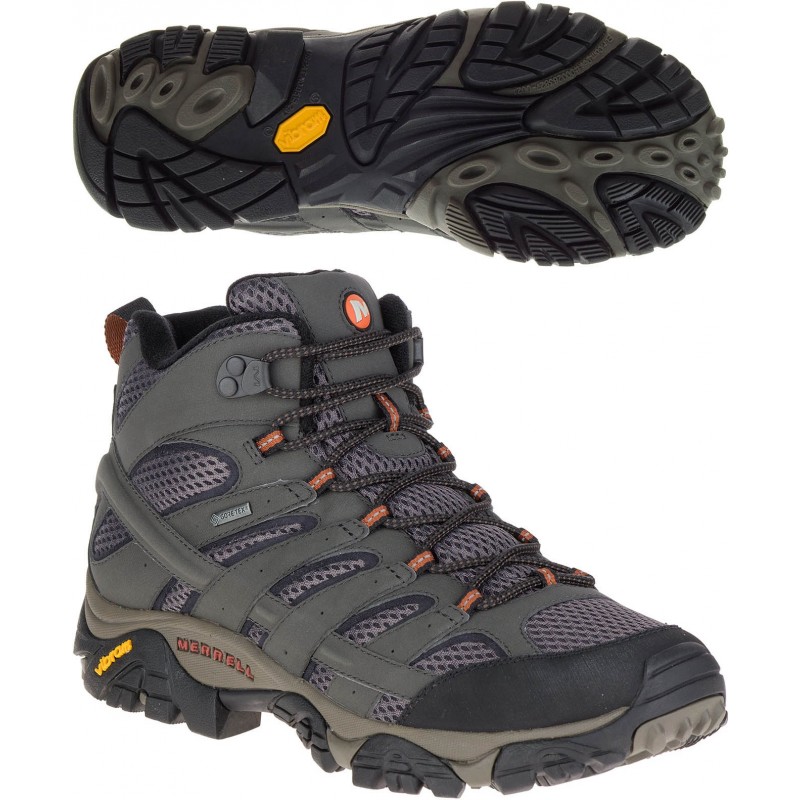
The Merrell Moab 2 mid gtx
TIP -> before leaving, I usually use a water repellent spray over the hat/cap, shoes and whatever I wanna be sure to stay dry included backpack and pants. A good one leaves no traces and works pretty good.
TIP -> if you are planning to buy a new pair of shoes for a trip, USE IT first for some hike in your place if you don’t wanna forcely suspend your trip..
5th: technology accessories
2018, no way to travel without some helpful technology accessories such as:
- a whatever-to-UK plug adapter (I know you can use a tea spoon easily, but you can’t do it everywhere..)
- a double universal usb-plug (most of the accessories nowadays use this kind of cables)
- an extra usb-miniusb cable
- a 20.000mAh battery pack to not run out of battery in your mobile/gps device.. You can have it at super good price
- charging/synchro cables of whatever device you will take with you
- a small monocular for spotting
- a laptop: of course it’s not mandatory, especially if you have a smartphone but I’m planning to shoot many photos and I like to download everything every night and removing bad ones or rating good ones.
- an external drive where to save your important pics..as a backup

Sometimes, unfortunately, it seems “never enough”..
6th: photography
If you are reading this chapter probably you are not a professional photographer (I’m not too..) so, depending by the gear you have, things can change quite a lot. Photography conditions in Uganda are:
- it’s wet and in the forest it probably rain: better have a tropicalized camera/lens and/or a rain cover
- animals are not close (not everytime): better have a tele lens (or a wide and a tele) that can fill up a range of about 24 to 300mm
- forest is dark: better have fast lenses (f4 max) and a camera that support high iso
- care where you are: if you can, take with you a standard dslr camera and a compact one (and maybe a gopro). Sometimes you find yourself in new places you don’t wanna show you cool new reflex with a big white lens.. A compact one (maybe a high quality) permits you to not loose the moment and to look like a discrete tourist (Low Profile basic rule..)
- you will shoot a tons of photos: don’t run out of batteries and memories….
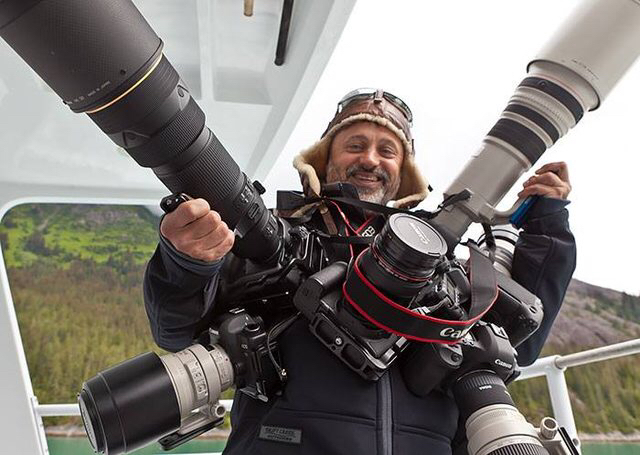
Well, sometimes it can be quite funny
So, what do I take with me:
- my lovely 7 years old Canon 7d mark I
- a Canon 70-200 f4 is
- a Canon 100-400 f4.5-5.6
- a Sigma 15mm fisheye
- a Sony RX100V, great high quality compact camera I tested out in my previous trip to Kenya writing an article on it
- a GoPro 4
TIP -> never ever use the flash against a wild animal! So check it out before shooting and be sure of it.
7th: survival and safety
Yes, I know you are not going to Somalia but Uganda is still not like going to Paris. You will be hiking for hours in the forest and even if you are not alone, you never know what can happen (car can get broken, you or someone else can be bitten by an animal, you or someone else can fall and get a fracture..).
Plus, gorillas tracking is done in the forest at the border of D.R. of Congo where sometimes happened that Congo poachers or the militia M23 walk through to kill some gorillas and whoever around.
Be more prepared than the challenges you face
What do I take with me:
- a trip plan with all the informations you need and the ones that your girlfriend/brother/parent and a friend have in case of emergency. In the next article, I’ll write how to make a trip plan and I’ll give you one..
- some basic skills and knowledge about outdoor, orientation, rescue, first aid..
- an iPhone with a local sim card and 2 useful app installed: Gaia GPS and Garmin Earthmate with East Africa maps including Uganda (offline versions)
- a Garmin InReach Explorer + satellite gps: with a monthly subscription of about 20€ to 70€ (depending by the services you want) you have a full gps device and, mainly, a 2 way communication satellite messenger that works everywhere in the world without having to use a gsm line. This incredible device, gives you even the possibility to launch a SOS through a button to be rescued wherever you are and in every condition through the GEOS search-and-rescue center. A must if you wanna backpack wherever in the world and you want to be safer and, especially, let your family and friends peaceful at home. In a next article, a great comparison of the subscription plans.
- a paper map of Uganda and/or a local one (1:50.000 if you find it, 1:500.000 much easier)
- a mirror compass: I like the evergreen professional military Suunto MC-2 (G, NH); in case, it’s mandatory to have adjustable declination, mirror, clinometer, resolution 1/2 degrees max
- a 28w foldable solar charger to don’t run out of battery with any device
- a personal water filter reusable/cleanable that eliminate 99.9% of waterborne bacteria, waterborne protozoan parasites throughout a filter rated up to 1000 liters of contaminated water without iodine, chlorine, or other chemicals
- an emergency blanket with two sides: a silver one (outside) to protect you from the hot, a gold one (outside) to protect you from the cold
- a small first AID kit, mandatory when you hike wherever you are
- a survival saw wire you can use for multiple things and it’s so small that you can put it everywhere
- a usb rechargable tactical led flashlight, portable IP68 waterproof with 1240 lumens
- a fire starter kit
- a bush knife or a tactical one
- a good anti-mosquitos spray for tropical countries with at least 30-50% DEET (don’t go over, is higly toxic)
- basic drugs for any health inconvenient (diarrea, fever, antistaminic, cuts..)

The Garmin InReach Explorer +
Now…get ready and enjoy in filling up everything in your backpack (it takes time if you’re not experienced….)..
Here a pic and a time-lapse of a first pre-trip volume checking (I still have some space to use..):


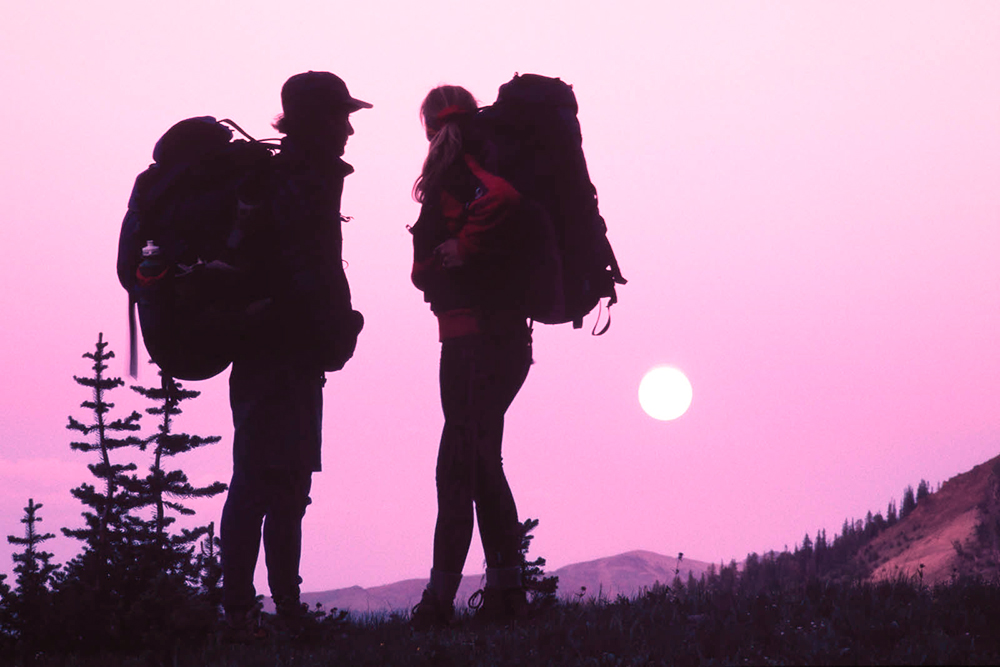
Like!! I blog quite often and I genuinely thank you for your information. The article has truly peaked my interest.
Thanks a lot..!